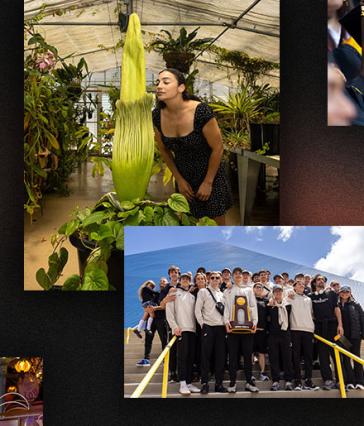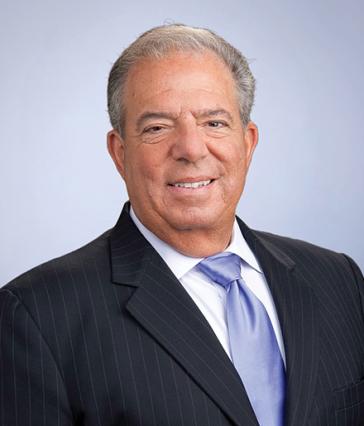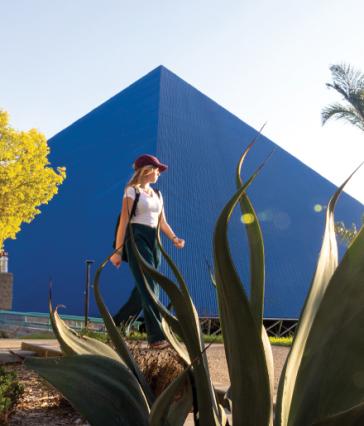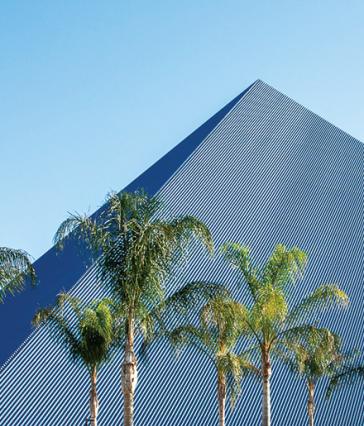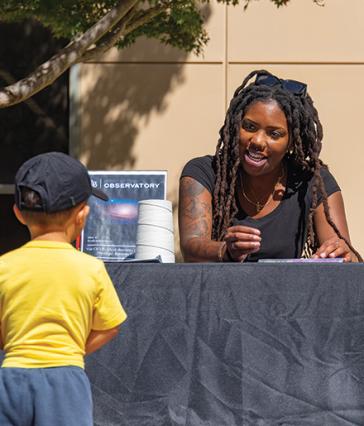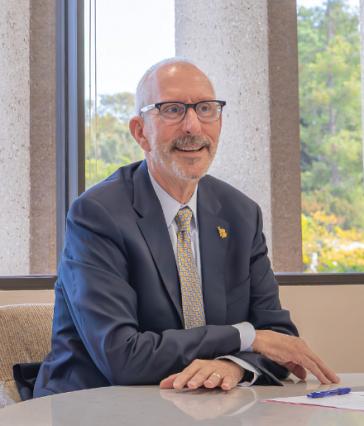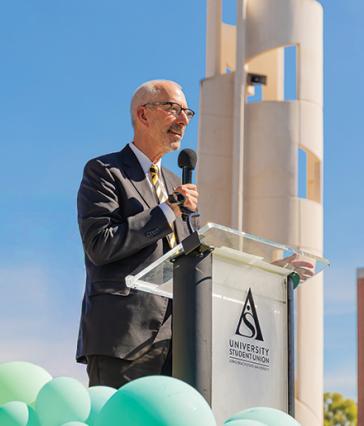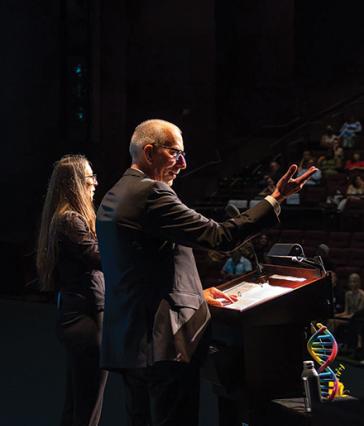Eight ways CSULB is conserving water
California is suffering one of its worst droughts on record. In fact, most of the state is experiencing severe, extreme or exceptional drought conditions, according to the multi-agency National Integrated Drought Information System.
In May 2022, the Long Beach Board of Water Commissioners declared a Stage 2 Water Supply Shortage. To comply with local and statewide regulations, while keeping the precious water supply in mind, Cal State Long Beach is implementing several practices to conserve water. Here are eight of them:
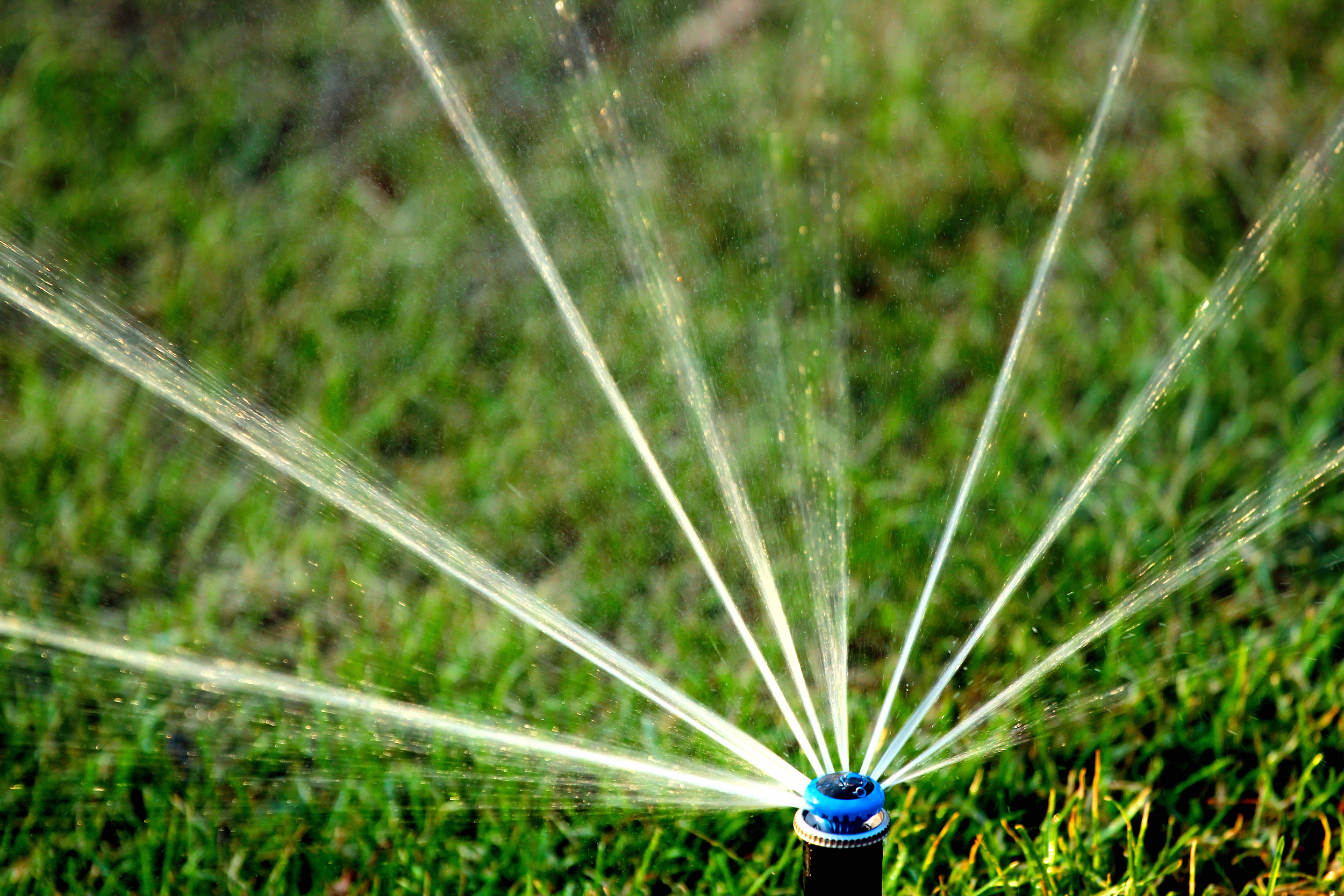
1. Wisely watering the lawns and landscapes
The Beach has reprogrammed the watering of landscape areas irrigated with potable water. CSULB employs 74 remote, programmable irrigation satellites and a weather station with evapotranspiration monitoring capabilities that allow direct control over how much water is applied at appropriate times.
Older sprinklers have been converted to water-efficient MP rotators. And the weather station has a shutdown function, so the central irrigation system can automatically shut down for at least 48 hours after rainfall.
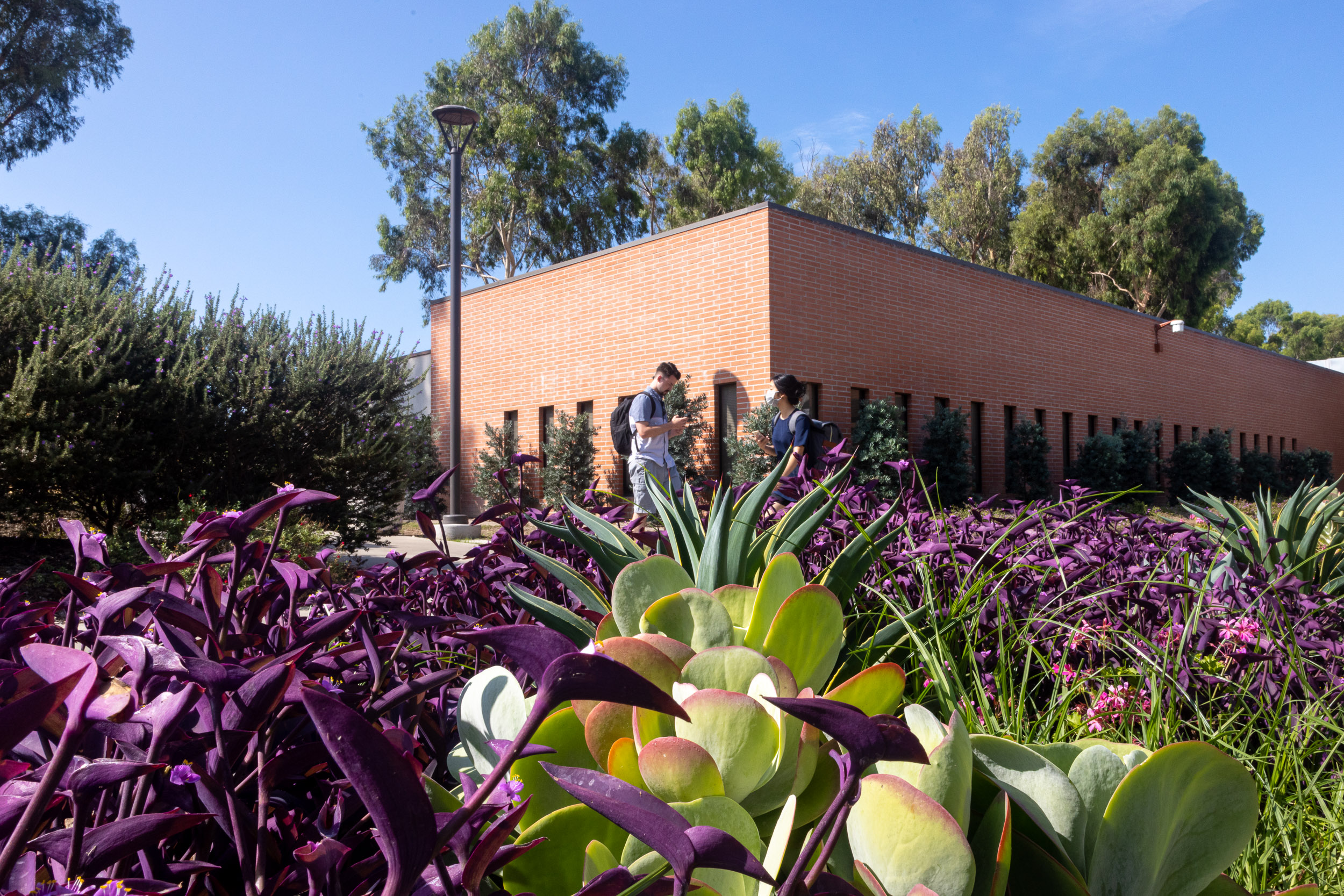
2. Replacing water-sucking grass and plants with drought-tolerant landscape
The campus has converted more than 90,000 square feet (about the area of a Manhattan city block) of turf to drought-tolerant landscape. Some plants now at The Beach include blue glow agave, deer grass, coral aloe, century plant, red yucca and cactus barrel, according to Brent Tickel, interim manager of grounds and landscaping services.
“Our campus has a pretty good balance of doing turf removal, maintaining the campus and keeping it beautiful,” said Shawn Cun, energy and utilities manager for CSULB.
The Beach has also installed bioswales – or landscaping that soaks up runoff and serves as an alternative to concrete gutters and storm sewers – and water-storing filtration planters.
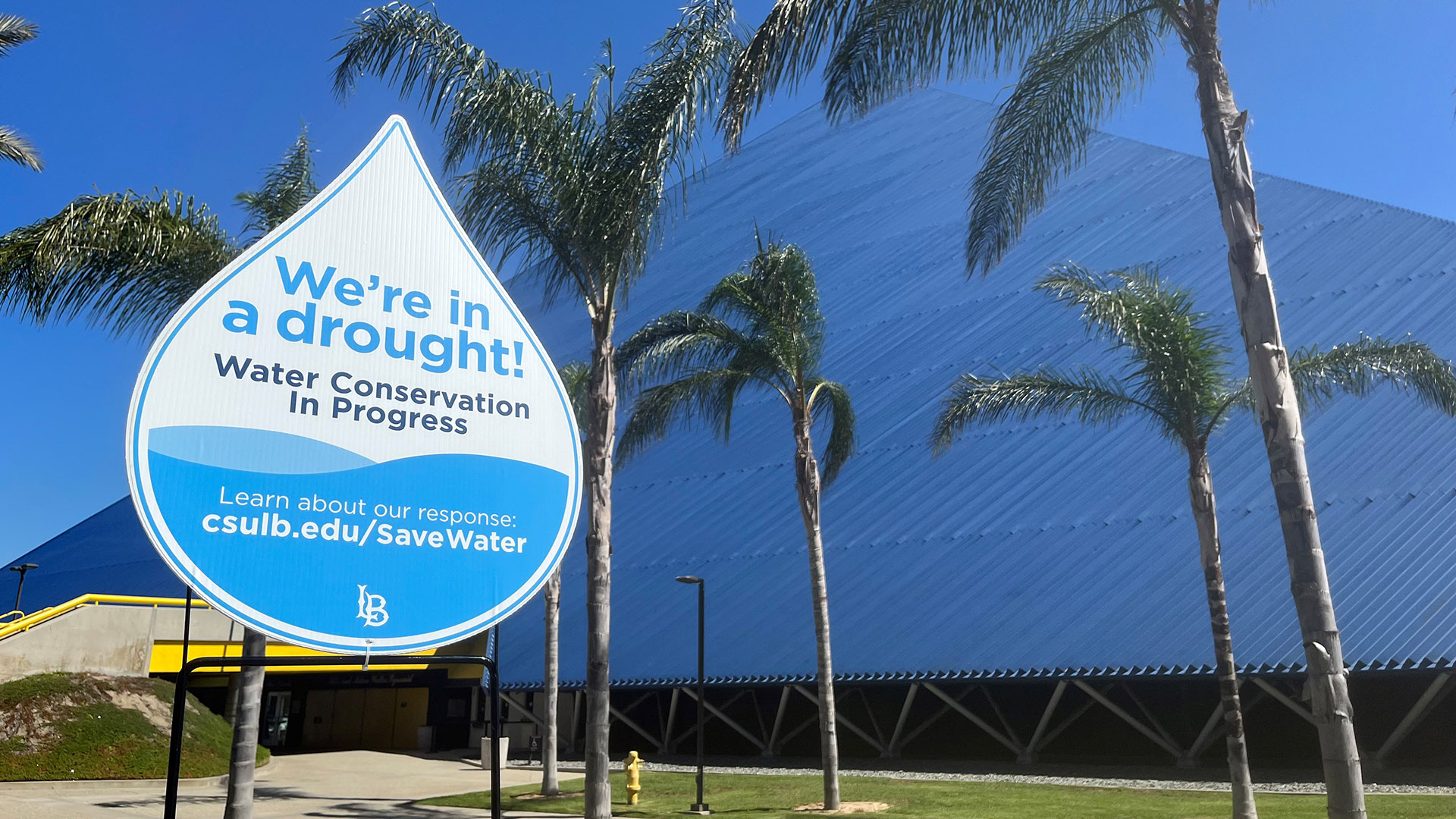
3. Allowing some areas to go brown
While The Beach is typically seen and enjoyed as a beautiful, parklike environment, some areas will be allowed to go brown during this drought.
“Campus visitors should be ready to see our lawns looking a bit brown as the summer progresses,” President Jane Close Conoley wrote in a July column for The Grunion/Long Beach Press Telegram. “These actions reflect some recent responses, but we have been keenly focused on campus water usage for years.”
Approximately 35 signs have been placed around campus, indicating where water is being conserved, said Holli Fajack, campus sustainability coordinator for CSULB.
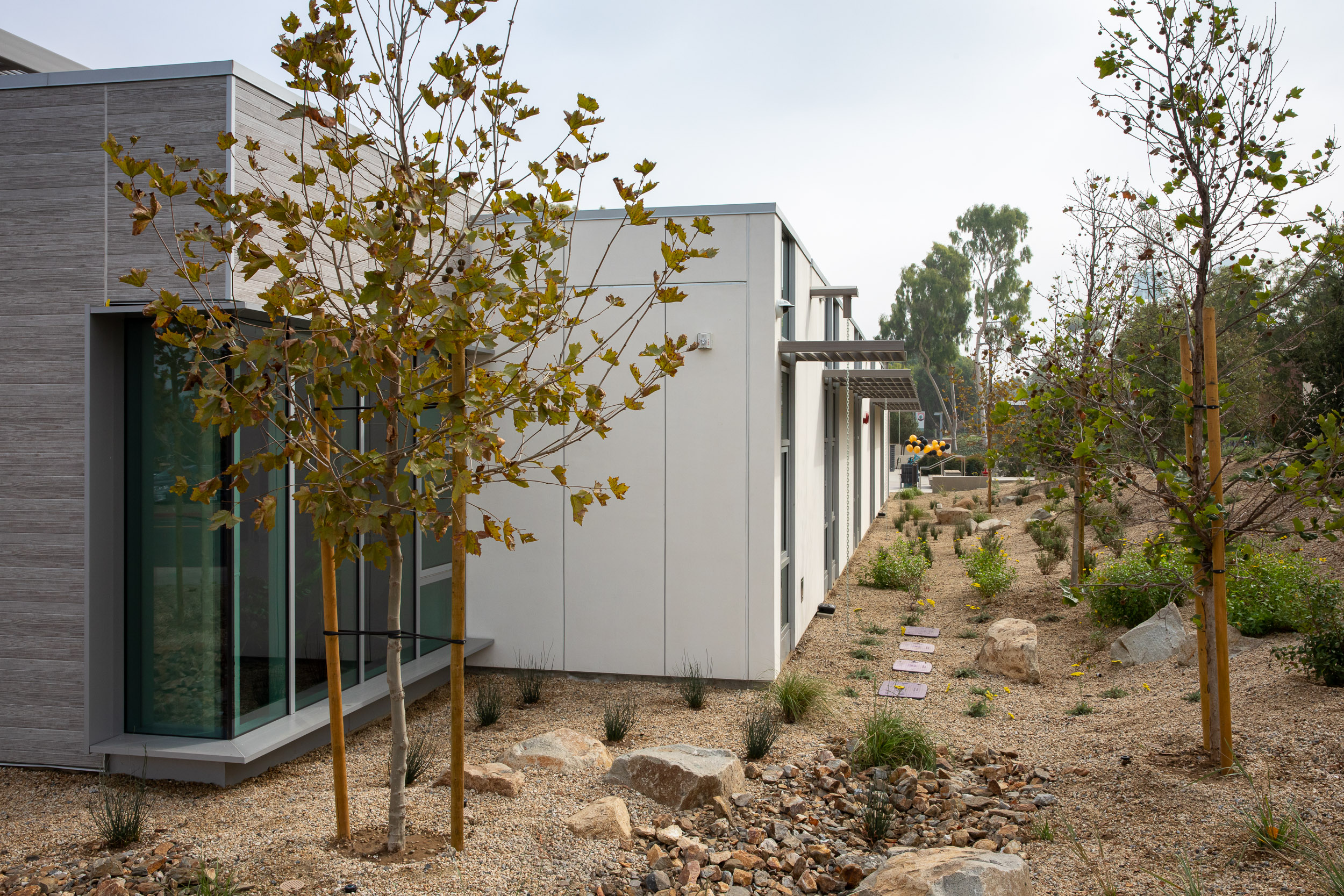
4. Using reclaimed water
Of the 78.2 acres of landscape maintained by the campus, more than 47 acres are currently irrigated with reclaimed water, including all 23.7 acres of turf athletic fields.
Reclaimed water is not safe to drink, but it is safe for plants and fields, and to use in toilets and cooling systems on campus. Plus, it’s about 40% cheaper than potable, or “domestic” water. The central plant cooling towers – which aid in cooling down campus buildings and facilities – are also using reclaimed water.
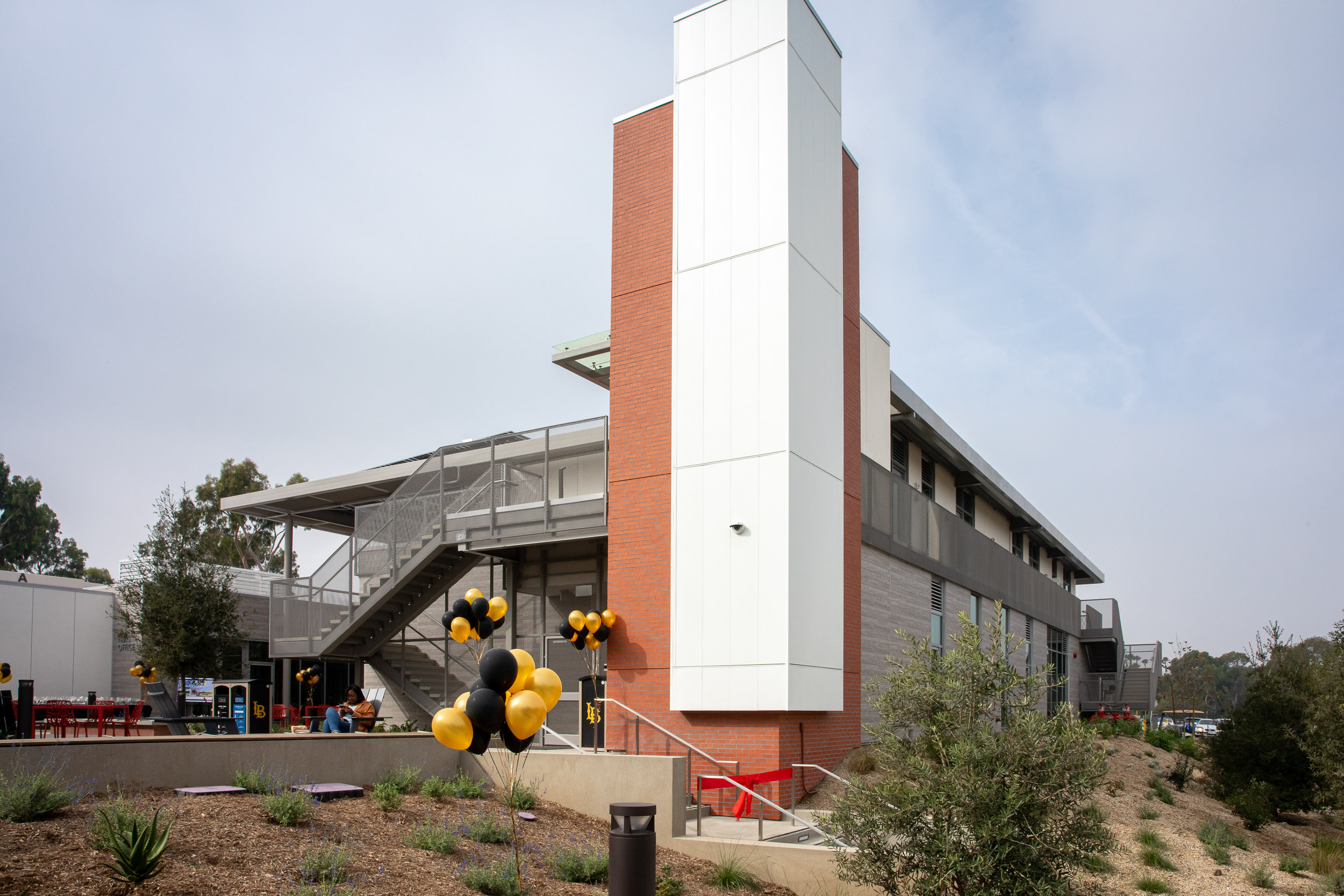
5. New housing, buildings are saving water
The new College of Professional and Continuing Education (CPaCE) building, which is certified LEED Platinum, uses reclaimed water in its cooling system and has low-flow water fixtures installed throughout.
Two of the Beach’s newest dorms – Parkside North and Hillside Gateway – have recently transitioned to using reclaimed water in the toilets and on the surrounding landscapes.
The Beach is converting and adding pipe infrastructure so the entire campus can eventually transition to reclaimed water.
A goal of the 2022 Climate Action & Adaptation Plan is to complete the expansion of the reclaimed water system across the entire campus. And a 2022 Utility Master Plan study (currently underway) will aid in formulating a plan and strategy for expanding the reclaimed water system throughout The Beach.
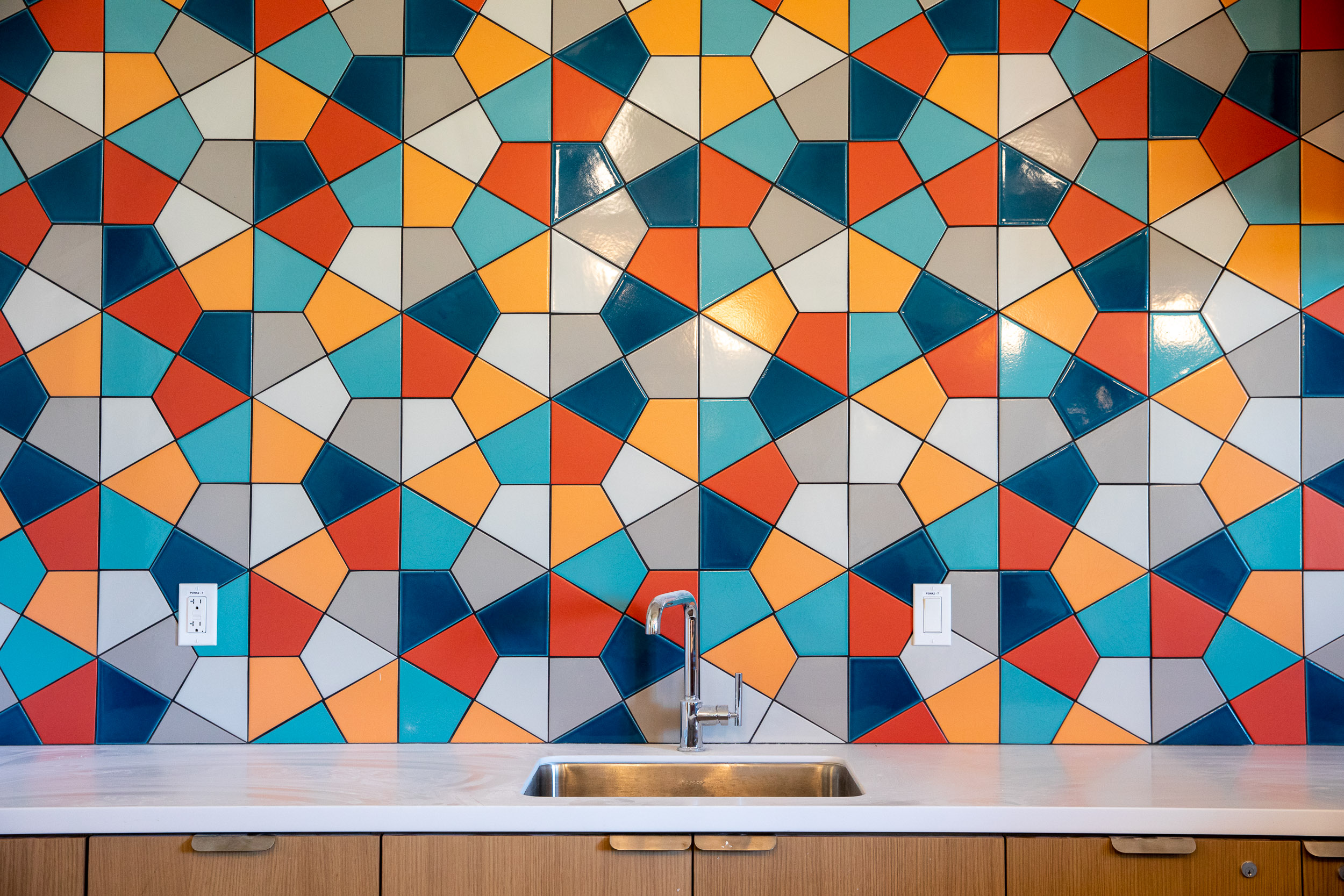
6. Converting bathroom and kitchen fixtures
CSULB has been converting fixtures in bathrooms and kitchens on campus to the most water-efficient models available. Some of these efforts have included:
Replacing 225 standard-flow toilets with high-efficiency, 1.28-gallon-per-flush toilets. This change saves an estimated 3 million gallons of potable water annually, and has resulted in $44,000 in water rebates.
Retrofitted toilets, showerheads and sinks in student housing facilities have saved about 6 million gallons of potable water annually.
Pint-flush urinals on campus. One pint of water per flush saves up to 40,000 gallons of water annually.
A 2022 project in the University Student Union replaced the automatic faucets, which were malfunctioning and causing excessive amounts of overspray and water waste, with more efficient fixtures.

7. Minimizing fountain activity, covering pools
The decorative fountains at Brotman Hall, Macintosh Humanities Building and inside the courtyard of the Student Union use recirculated water. The fountains are often shut off during summer and winter breaks, and sometimes during dry semesters, such as fall 2022.
Also, the swimming pools at the Student Recreation and Wellness Center, Student Union and Kinesiology building are covered when not in use to minimize evaporation, allowing them to be refilled less frequently.
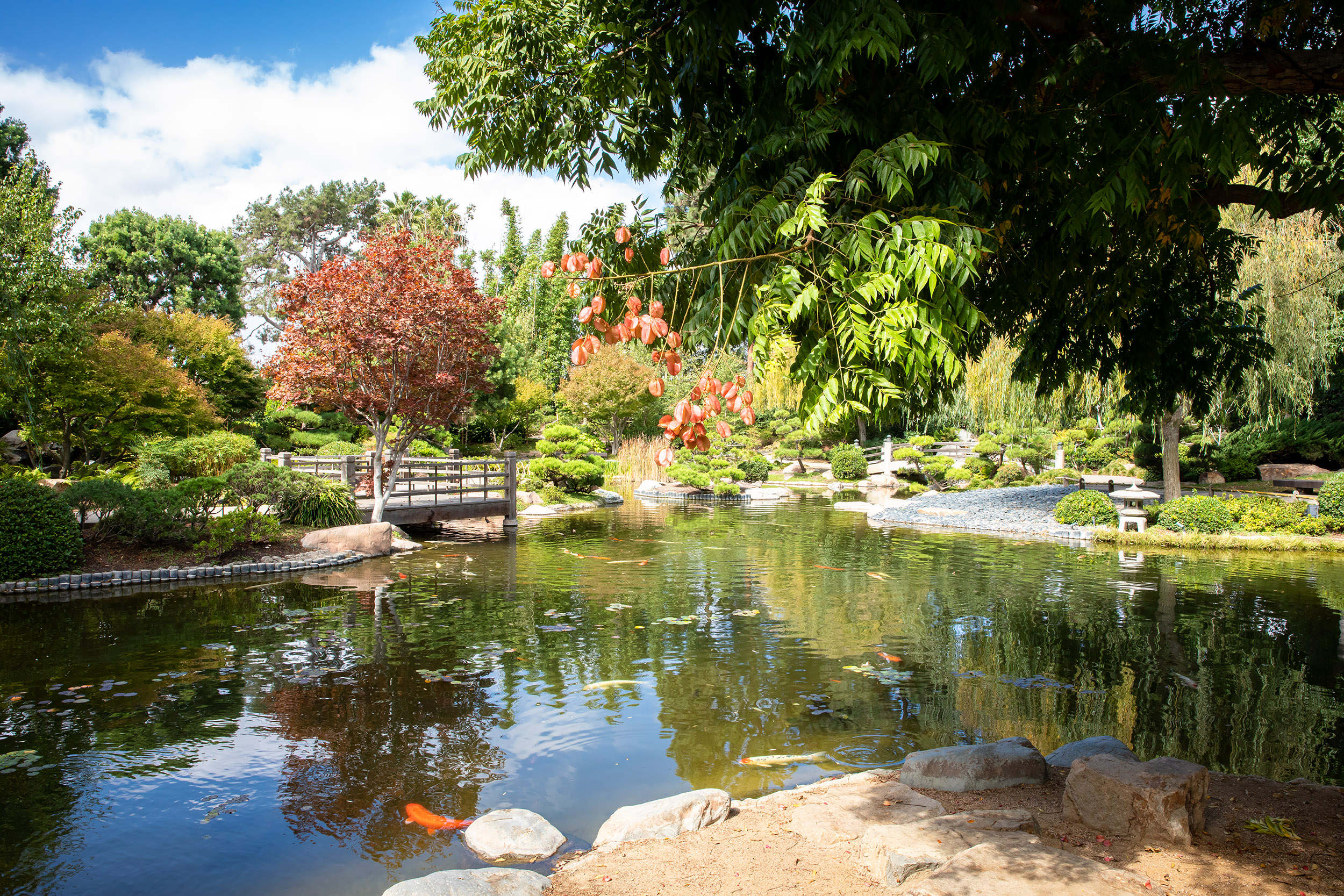
8. Upgrading the Japanese Garden
In 2017, the Earl Burns Miller Japanese Garden replaced and upgraded the old sand filters in the koi pond with highly efficient bio-mechanical filters. Meanwhile, the sprinkler heads in the garden were replaced with more efficient MP rotator heads. These two upgrades resulted in approximately 2.4 million gallons saved annually.





